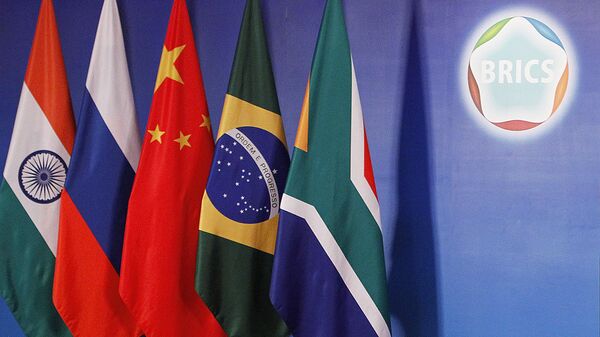DURBAN, March 27 (RIA Novosti) – Finance ministers of the BRICS countries failed to reach a final agreement on the establishment of a development bank for the organization, but agreed to continue talks on the issue, Russian Finance Minister Anton Siluanov said.
According to him, the top finance officials from Brazil, Russia, India, China and South Africa have not decided on the administration of the mooted bank, whether it would be proportional to deposits or equally divided between the member states.
“We have discussed this issue today and prepared a list of questions on this matter. On the whole, we agreed to continue work on the establishment of the BRICS [Development] Bank,” Siluanov said after the meeting of the finance ministers at the fifth BRICS summit in South Africa’s Durban.
The idea of setting up a BRICS development bank as an alternative to the Western-dominated World Bank and the International Monetary Fund came from India at the 2012 meeting of the organization’s finance ministers in Mexico.
Brazilian Foreign Trade Minister Fernando Pimentel said last week that BRICS member states had reached a basic agreement on setting up a development bank with seed capital of $50 billion, but it has to be decided how much each country would contribute.
A spokesman for the US Department of State said the United States, which plays a weighty role in the World Bank, would have to take a look into the possibility of the BRICS bank establishment.
“You know our support, obviously, to the World Bank and other multilateral development institutions. But this is something we’re going to have to take a look at,” Patrick Ventrell said in response to a question about whether the BRICS bank would be a challenge to the World Bank.
BRICS is a political organization that comprises five major developing economies: Brazil, Russia, India, China and South Africa. The leaders of the BRICS countries held their first official summit in 2009, and it has since been an annual event.
According to the World Bank, the BRICS member states are driving almost 50 percent of global economic growth.


